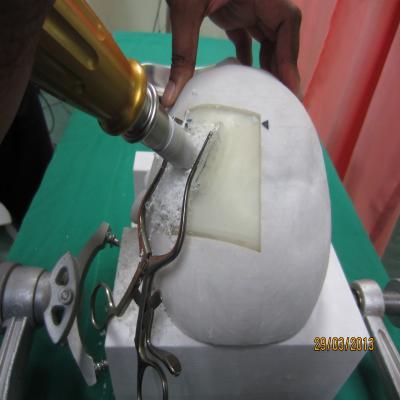Thomas Sanladerer presents a video explaining how to level the bed on your 3D printer.
Read More
Thomas Sanladerer presents a video explaining how to level the bed on your 3D printer.
Read MoreYou know how to paint your 3D prints? Just spray ‘em! Nope - there’s a much better way we found at Redicubricks.
Read MoreFilament management turns out to be an important task when using plastic extrusion personal 3D printers.
Read MoreIf you’re using a filament-based personal 3D printer, there’s two major things you must get right to succeed.
Read MoreThe phrase “experimental 3D printing” has been used by several manufacturers, but what does it really mean?
Read MoreOf the numerous issues that can fail your 3D print, spooling issues are among the most frequent.
Read MoreA new Instructables describes how one maker designed and built a working 3D printer using, well, junk.
Read MoreThe most spectacular 3D prints are often those that take a significant length of time to print. But how do you ensure the print completes?
Read MoreWhen 3D printing objects, sometimes the size of the object matters, and sometimes it doesn’t. Shrinkage can be a major issue.
Read MoreMIT’s Professional Education division now offers a course specifically on Additive Manufacturing.
Read MoreEveryone knows that personal 3D printing can be a ton of fun, but did you know it can also be hazardous to your personal appendages? We certainly do.
Read MoreA persistent issue with 3D printed parts, particularly those printed on lesser machines, is strength and durability. They aren’t quite as strong as injection molded parts. Now there could be a way to easily rectify this problem.
Read MoreThere’s a gallery of images available that demonstrate the process of lost-PLA casting to create a metal object using 3D printing.
Read MoreITER, the International Thermonuclear Experimental Reactor involves work at many locations. One of them is the US Oak Ridge National Laboratory, where they’ve discovered some interesting uses for 3D printing.
Read MoreWant to know more about 3D printing? There’s a ebook now available for download.
Read MoreA common technique to successfully 3D print complex objects is to print separate pieces and then glue them together. But are there other techniques for joining pieces together? Apparently yes.
Read More















